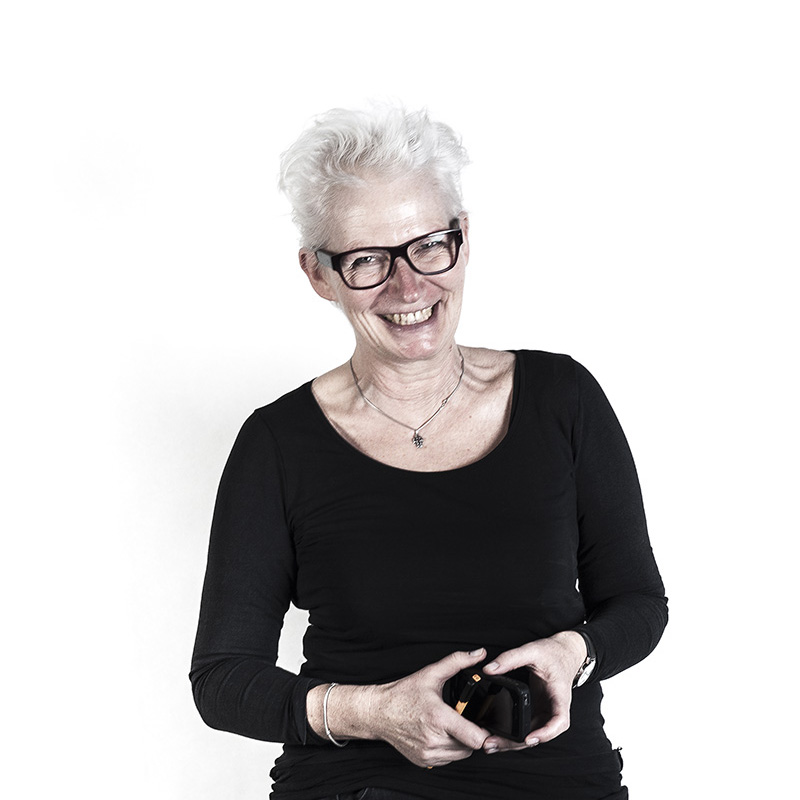English-language stationary mode
PROGRAM SUPERVISOR
dr hab. Ewa Satalecka, prof. PJAIT
Program administrator
sekretariat-snm@pjwstk.edu.pl

Students’ Knowledge and Skills
A graduate of the English language educational path in Graphic Art in undergraduate studies:
- utilises vocabulary from theoretical literature on visual, audiovisual and multimedia communication;
- effectively carries out the processes of creating and processing multimedia, film, animated and scripted works in standard applications in this field (at the present moment mainly tools from Adobe, for instance, Premiere Pro, After Effects);
- takes and uses examples from history, development and current state of visual and multimedia communication in order to creatively solve design tasks and develop his/her own skills in creating interactive multimedia graphics, and works with both traditional art tools and standard multimedia data applications – at present moment, mainly tools from Adobe such as Flash, Encore, but also HTML5, Kinect;
- is aware of the dangers resulting from basic perceptive processes disorders and, on the basis of available information on cognitive processes as well as the laws of semiotics, correctly formulates multimedia messages so that they are readable to various groups of receivers, including dysfunctional ones. Furthermore, the graduate, in a readable way for the recipient, combines visual and textual communication, and correctly applies forms and colors in creating meaning and narrations with respect to principles of visual perception;
- applies new technologies and techniques learned during lectures and exercises in his/her projects, keeps on track with tool development and regularly updates his/her workspace, also independently carries out a project with the use of 2D graphics, especially dynamic at the level of image acquisition, creation and processing. In his/her projects, the graduate utilises standard tools in this form of graphics (at the moment, mainly tools from Adobe, such as Photoshop, Illustrator, InDesign, including multiscreen e-publishing) and independently creates a simple 2D animated film as well as an interactive application;
- creates uncomplicated forms of 3D graphics and uses standard applications in this type of graphics (at present Autodesk Maya, alternatively Pixologic ZBrush) on the level that allows independent creation of a model of an object, setting it up and lighting on the stage, as well as showing it in different shots and simple camera movement;
- performs basic programming tasks, in particular, those that allow creating basic scripts in different types of environments (at this moment HTML5. Processing, Node Box) and writes user’s scripts which are enhanced and customised to individual standard needs of the Adobe software.
- analyses problems and conducts research in terms of solving project tasks in the dialogue with a customer, and, together analysing the utility values of suggested options, provides the most functional solutions;
- presents his/her own creations and skills, cooperates with the project team and customers by exchanging arguments and justifying his/her position on professional matters.
The above-listed skills enable the graduate to be employed in design studies, publishing houses and institutions that publish information based on printing and dynamic, multimedia techniques in Poland and abroad. Graduates can undertake a stationary job, work independently or in teams, as well as perform ordered tasks, also in a virtual environment.
Fluency in English and the knowledge of professional behaviours in an international environment enables them to work with any company in the world. The studies prepare them for both local and global design activities.
The graduates can also continue education in any university in the world as the acquired education and available practice predisposes them for further interdisciplinary education, in particular in the field of design and project management in the scope of visual communication and multimedia information design.
They can also undertake education in related fields: Animation, Film, 3D Animation and Interactive Design.
Fees and charges
Payments valid for 2022/2023 academic year (effective from recruitment on May 2022)
Payment for a qualifying interview – 150 zł
Tuition fee
Obsługa studentów odbywa się telefonicznie i mailowo. Wizyta w Sekretariatach jest możliwa po mailowym umówieniu się,
z jednodniowym wyprzedzeniem.
Prosimy o kontakt za pomocą skrzynek uczelnianych.
KONTAKT
Polsko-Japońska Akademia
Technik Komputerowych
ul. Koszykowa 86; 02-008 Warszawa
Sekretariat Pani Dziekan Ewy Sataleckiej
tel: +48 512 163 558
Marta Ogrodniczuk
email: mogrodniczuk@pja.edu.pl
Konsultacje dziekańskie
(po uprzednim kontakcie mailowym)
wt: 10:00 – 15:00
sala C11 (tylne wejście do budynku C)
Studia stacjonarne polskojęzyczne
tel: +48 22 584 45 48
Urszula Konarska
email: ula@pja.edu.pl
Godziny otwarcia
pn–pt: 9:00 – 15:00
sala C122 (budynek C)
Studia stacjonarne anglojęzyczne
tel: +48 512 163 558
Patrycja Bartosińska
email: sekretariat-snm@pja.edu.pl
Godziny przyjęć studentów:
pn, wt, czw 10:00 – 15:00
sala C10 (tylne wejście do budynku C)
Studia niestacjonarne
tel: +48 507 150 216
Krystyna Milewska
email: krystyna.milewska@pja.edu.pl
Godziny otwarcia
sob–ndz: 10:00 – 15:00
wt: 10:00 – 14:00
sala C-24 (budynek C)
Architektura
tel: +48 22 745 06 91
Grażyna Badziak
email: grazyna.badziak@pja.edu.pl
Godziny otwarcia
pn–pt: 9:00 – 15:00
sala H (budynek H, ul. Nowogrodzka 68)
